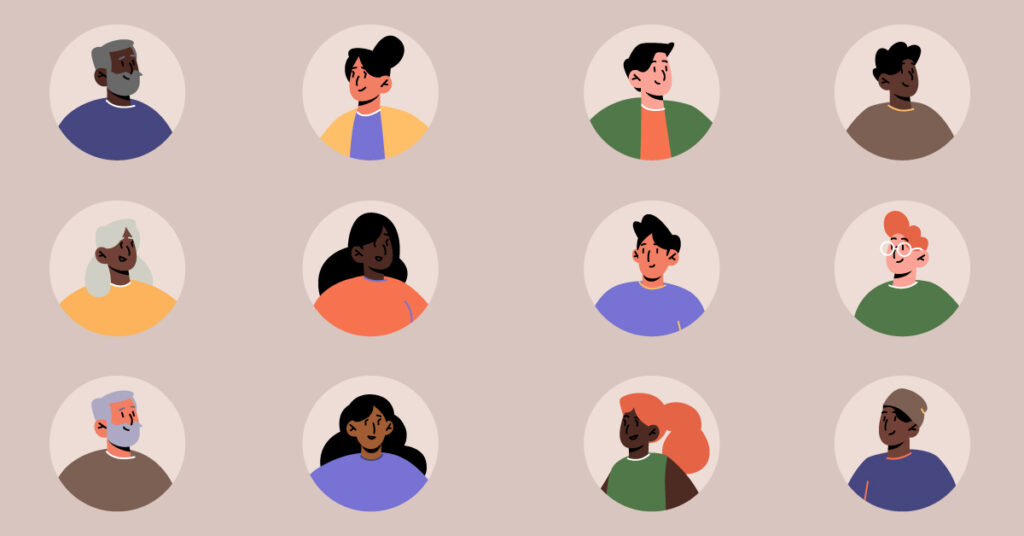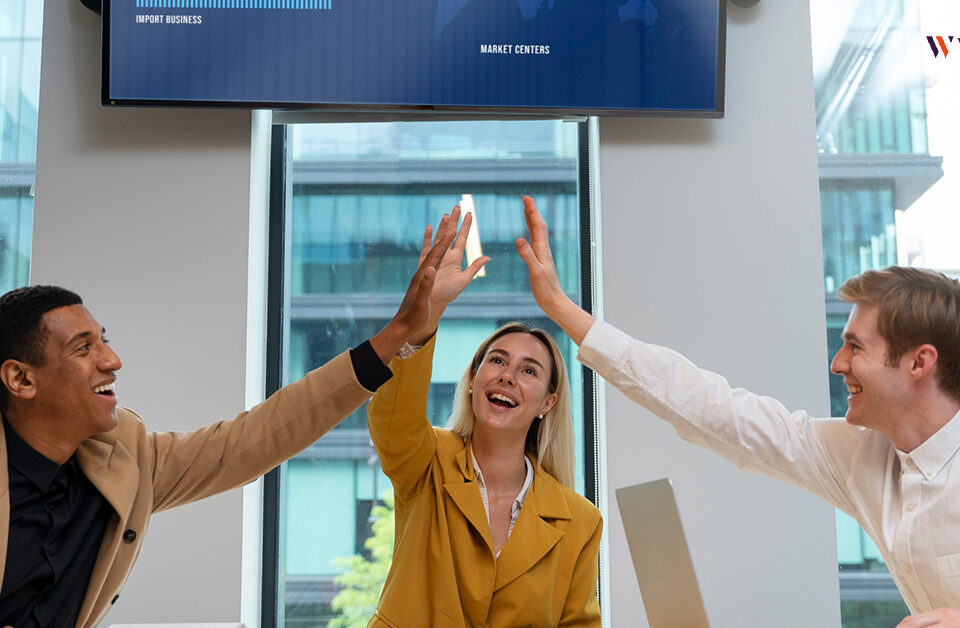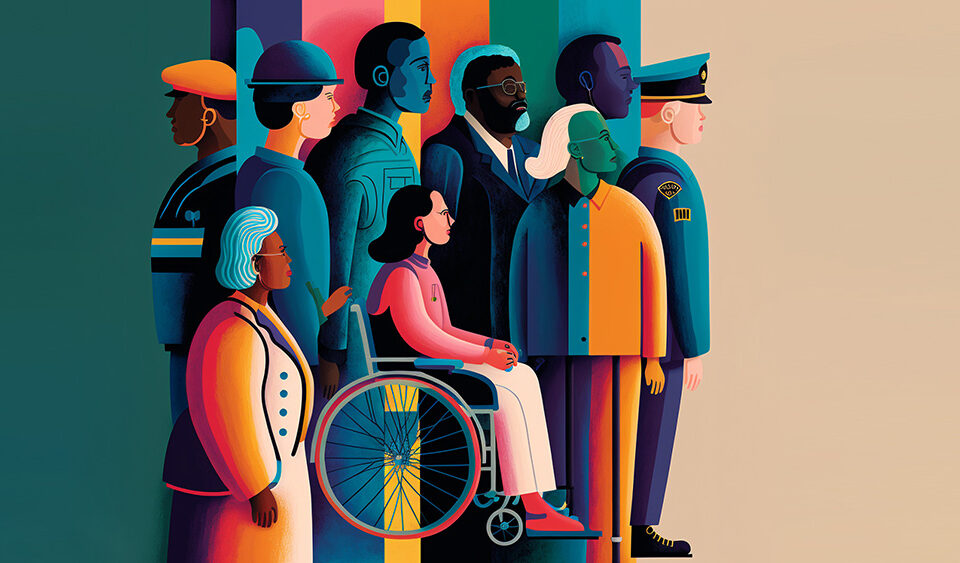
The world has become a melting pot of people, cultures and ideas. The 21st century, for all its flaws, has seemingly brought us closer together. Social media has played a major role in this cultural miasma; the physical migration of people across the world has contributed a great deal as well (realizing that a mexican woman can wield a slipper like your port-harcourt mom, creates a sense that we really just one people dotted across the earth). More importantly is the liberalization of the work-force. Currently there’s no company that operates with just one type of people. By that we mean; every work-force across the world is a mixture of different types of human beings. This is more true in larger and more successful companies that have attained global visibility and reach.
The work place, as we have established in previous articles, has evolved drastically over the years. Even deeply cultural companies producing goods and services for their local market have a diverse work-force. This shows how deeply rooted work-place diversity has gotten. When we say diversity we do not limit ourselves to just cultures, color, gender etc., diversity in our terms encompasses gender, race, culture, age, nationality, language and talents living with disabilities. To us a human that can offer value, should be welcomed and valued in the work-force; treated with respect and dignity.
Nature of the current work-force
We’re living through a unique era of work where employees span four generations: Baby Boomers, Gen X, Millennials, and Gen Z. As workplaces become increasingly diverse, a one-size-fits-all approach to how work gets done is no longer effective. A major responsibility for managing teams is to create a bridge between all generations of their work-force in a manner that ensures company growth and individual fulfillment. A very difficult task; one that requires genuine interest in people development. One of the first things that needs to be done is modifying learning and development practices in your company.
Before diving into learning and development practices that ensures a successful multi-generational learning agenda, we must first understand what makes these identified generations unique.

Generational Differences in Learning
The modern workplace is a tapestry of diverse generations, each with unique learning preferences and strengths. Understanding these differences and the recognition of diverse learner needs is crucial for creating a learning environment that empowers every employee to thrive.
Baby Boomers: Seasoned professionals who value in-person training and hands-on experiences. They appreciate face-to-face interactions and mentorship from experienced colleagues.
Gen X: Adaptable and tech-savvy, this generation prefers a blend of traditional and online learning. They value practical applications of knowledge and appreciate opportunities to learn from both formal training and on-the-job experiences.
Millennials: Digital natives who are comfortable with technology and prefer self-directed learning. They excel in collaborative environments and seek opportunities to learn through interactive platforms and social media.
Gen Z: The latest entrants to the workforce, Gen Z values visual and interactive learning methods. They are drawn to technology-driven learning experiences that engage their senses and provide immediate feedback.
Fostering a learning environment that accommodates these generational differences is key to unlocking the full potential of a multigenerational workforce. Like most preferences, these are not universal truths, which is why personalized learning approaches are so important for learning success. Multigenerational learning teams, where individuals from different generations collaborate and share knowledge, can enhance the learning experience for all. By leveraging the strengths of each generation and creating a culture of continuous learning, organizations can build a resilient and adaptable workforce that stays ahead.
Learning and development
Most companies today now have a dedicated Learning and development team, with the responsibility of providing employees with up to date knowledge of industry changes; technological advancements, upskilling etc., in order to ensure efficiency across board. Management teams must ensure that the fundamentals of learning which are; curiosity, flexibility in learning, technology and the ability to measure progress are properly detailed and met.
A Culture of Curiosity
Fostering a culture of curiosity and continuous learning is foundational to driving innovation and continuous learning in a multigenerational workforce. Here are some strategies to nurture curiosity in the workplace:
- Encourage asking questions. Create an environment where employees feel comfortable asking questions, regardless of their level of experience. Foster a “success = true” mindset where mistakes are seen as opportunities for growth rather than failures.
- Provide learning resources. Make a diverse range of learning resources easily accessible, including books, articles, online courses and workshops. Encourage employees to explore new subjects and share their findings with colleagues.
- Host knowledge-sharing sessions. Organize regular sessions where employees can share their expertise and knowledge on various topics. This promotes cross-generational learning and allows team members to learn from each other’s experiences.
- Embrace diverse perspectives. Encourage employees to seek out and listen to different perspectives. This fosters a culture of open-mindedness and helps break down generational silos, leading to more innovative ideas and solutions.
- Reward curiosity. Recognize and reward employees who demonstrate a genuine curiosity and willingness to learn. This positive reinforcement encourages others to emulate curious behavior and embrace lifelong learning.
Flexible Learning
While it may seem like an extensive list of demands and anticipations to address, implementing simple adjustments in learning strategies can effectively customize the approach for individuals of all age brackets.
- Let the learner take the lead: Empower individuals to define career goals, interests, and learning preferences. Enable learners to take charge of their learning journey.
- Explain the benefits of learning: Busy employees need a compelling reason to invest time in learning. Clarify the purpose behind learning initiatives. Design with the learner at the center of the learning experience to provide a holistic approach to value and participation.
- Mentoring and reverse mentoring: Bridging generational gaps fosters collaboration and mutual learning. Implement mentoring and coaching programs, including reverse mentoring — where younger employees teach digital skills to tenured employees. This creates a symbiotic exchange, ensuring knowledge transfer.
- Learning through real business scenarios: Theoretical learning gains depth when applied in real-world scenarios. It’s like learning to swim by (actually) diving into the pool. Encourage learners to manage actual projects, handle stretch assignments, or participate in temporary redeployments. These experiences solidify skills and prevent forgetting.
Learning with Technology
Embracing technology is crucial for enhancing learning and development within a multigenerational workforce. Integrating technology into learning programs enables organizations to cater to diverse learning styles, create engaging experiences and facilitate continuous skill development. Consider where each of the following may best fit in your technology portfolio:
- Virtual reality (VR) and augmented reality (AR) technologies offer immersive learning experiences that can simulate real-life scenarios and provide hands-on training opportunities. VR and AR can be particularly effective in industries such as healthcare, manufacturing, and aviation, where employees need to develop practical skills in a safe and controlled environment.
- Gamification techniques can transform learning into a fun and interactive process. By incorporating game elements such as points, badges, and leaderboards, gamification enhances motivation and engagement, encouraging employees to complete learning modules and achieve their development goals. This appeals particularly well to those who are highly motivated by achievement and success.
- Online learning platforms provide employees with anytime, anywhere access to a wealth of learning resources. These platforms offer a diverse range of courses, tutorials, and assessments, allowing employees to learn at their own pace and on their preferred devices.
- Social and collaborative technologies can drive the interactive experience even deeper. These tools allow for the easy sharing of content in support of learning and create easy peer interactions.
- Video conferencing tools facilitate virtual classrooms and real-time collaboration, enabling employees to connect with subject matter experts and peers from different locations. Video conferencing technology breaks down geographical barriers and fosters a sense of community.
- Learning in the flow of work, allowing easy access and opportunity to engage with learning when needed, can be a particularly effective tool. Not just tutorials or help guides, but microlearning content that answers a specific question when and where that answer is needed drives success and retention of knowledge.
Measuring Learning Effectiveness
Measuring learning effectiveness is essential for organizations to ensure their learning programs align with their goals and meet the needs of their learners. By evaluating the impact of their learning initiatives, organizations can make informed decisions, allocate resources effectively and continually enhance their learning and development strategies.
Data analytics plays a pivotal role in assessing the effectiveness of learning. Organizations can leverage learning management systems (LMS) and other data collection tools to track learner progress, completion rates and engagement levels. This valuable data provides insights into the effectiveness of specific learning modules, identifies areas for improvement and helps organizations understand how their learning programs contribute to achieving their overall business objectives.
Assessments serve as another valuable tool for measuring learning effectiveness. Pre- and post-training assessments can gauge learners’ knowledge and skill levels before and after participating in a learning program. This data helps organizations determine the immediate impact of training and identify areas where learners may require additional support.
In conclusion, no matter the generation, if you want to attract and retain talent, prioritize creating an inclusive learning program. By fostering an environment that values diversity, companies can harness the unique perspectives and experiences that each employee brings to the table. This means recognizing and celebrating everyone’s differences and ensuring learning is available in accessible formats, styles, and topics for employees from every generation.


